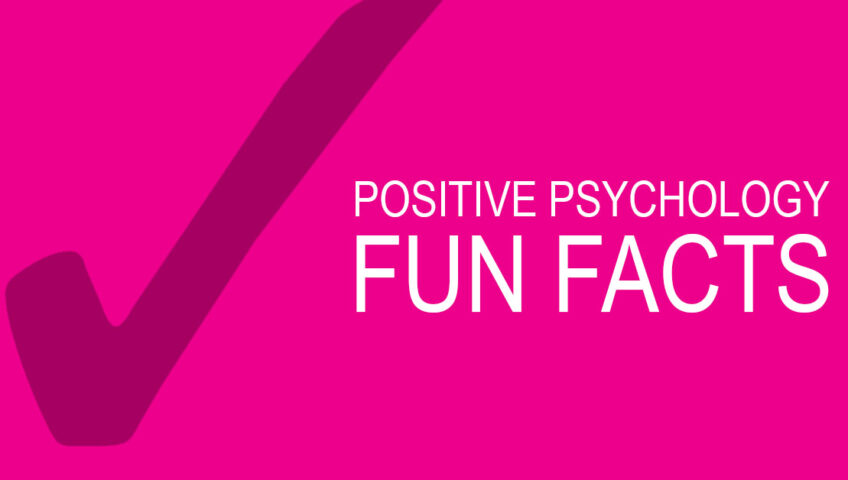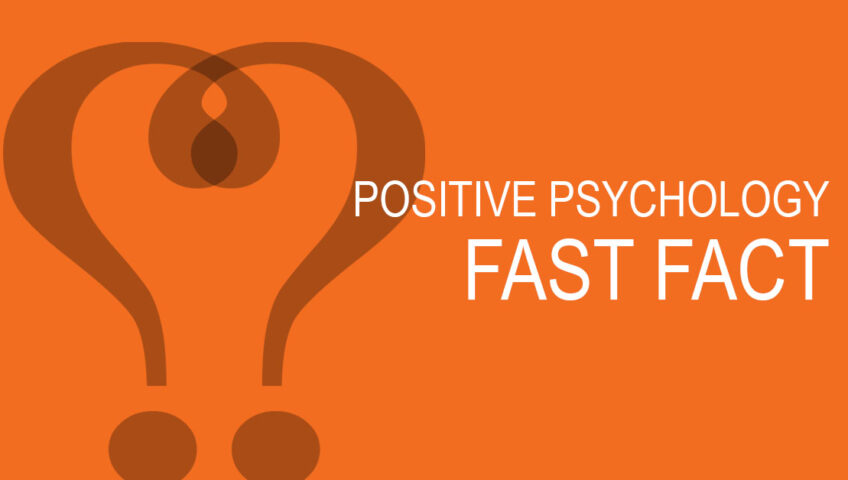Many people think mindfulness and meditation are the same thing. However, this isn’t really the case. Positive psychology trainers define mindfulness as a state of focused attention. It is a state which can occur any time you focus on the present moment. Meditation, in contrast, is a formal practice in which various techniques are used to consciously direct attention. The aim of meditation is to induce a mindful state. Additionally, mindful attention exercises are often used during meditation. However, the two concepts are slightly different.
Positive psychology trainers teach mindfulness techniques to help professionals improve their focus, reduce stress and boost creativity. This usually doesn’t involve mediating – it means using simple techniques that focus attention. Mindfulness is a mental state achieved by bringing your attention to the present moment without any judgment. You remain aware of the surrounding environment, along with your body and thoughts, without any judgment.
Positive psychologist, Ellen Langer, describes mindfulness as the process of actively discovering new things, while challenging your natural tendencies. She draws a distinction between mindlessness and mindfulness. Mindlessness is a state of mind that relies on preconceived notions to categorise experiences. You become mindless when you perform an act out of habit or make assumptions. It includes automatic behaviour or acting from a single perspective.
Mindfulness, on the other hand, involves a state of openness. While meditation also often involves an open state of mind, it is not the same as the state outlined by Langer. Meditation refers to the intentional practice of focusing your attention. Most forms of meditation involve a postural position, mantras or repeated phrases and a focus on your breathing. Positive psychology trainers don’t use these techniques. Instead they use simple attention focusing techniques such as mindful photography to help you become more mindful.
Subscribe to our mailing list and receive fornightly tips and videos:
Some forms of meditation deliberately create a state of mindfulness, requiring you to remain aware and open to your surroundings. That’s why ‘mindfulness meditation’ is a commonly used term. However, the approach to mindfulness advocated by positive psychology trainers is more about being actively mindful in your daily life.
According to Ellen Langer, the characteristics of mindfulness include:
- Creation of new categories
- Openness to new information
- Awareness of more than one perspective
Instead of relying on old categories and labels, you create new ones. This comes naturally to children. As people start to depend on past experiences to shape their current ones, it becomes more difficult with age. Mindfulness also involves an openness to new information and points of view. New information helps you develop new categories and labels while different points of view help keep you open to other ideas or beliefs.
If you want to become more mindful in your personal and professional life, try these tips. All of them are recommended by positive psychology trainers who work with corporate clients.
- Actively try to notice new things in every situation and the familiar becomes more interesting
- Avoid being mindless and relying on categories and labels that you created in the past
- Reframe negative attributes in others as interesting quirks or potential areas for improvement
- Always look for ways to grow and evolve instead of getting complacent with your current routine
- Try to find ways to integrate work and life rather than trying to achieve an unrealistic work-life balance.
Numerous studies have linked mindfulness to reduced stress, increased memory and greater cognitive flexibility. According to a study conducted at Liverpool John Moores University, mindfulness increased participant’s ability to remain focused and suppress any distracting information. So if you want to experience these benefits, start using mindful awareness techniques today.
About the author of this article:
Eleanor is a master trainer and coach. She trains savvy professionals in a range of sectors – including higher education, health, finance and local government – in the use of positive psychology tools and techniques. Eleanor is the author of the Positive Psychology Toolkit for HR and L&D practitioners. She runs specialist training for facilitators and trainers, as well as delivering customised training for corporate teams.










